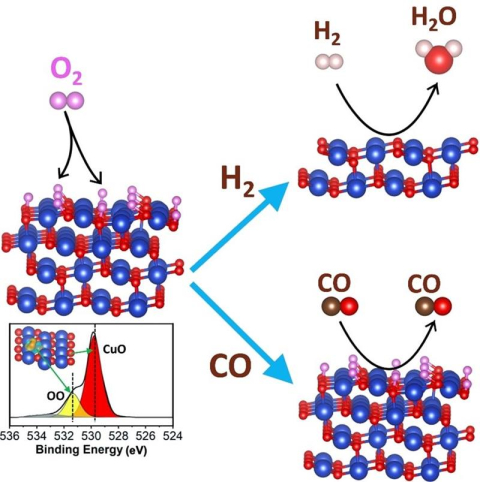
Excess oxygen on the surface of the metal oxide catalyst copper oxide promotes hydrogen oxidation but suppresses carbon monoxide oxidation.
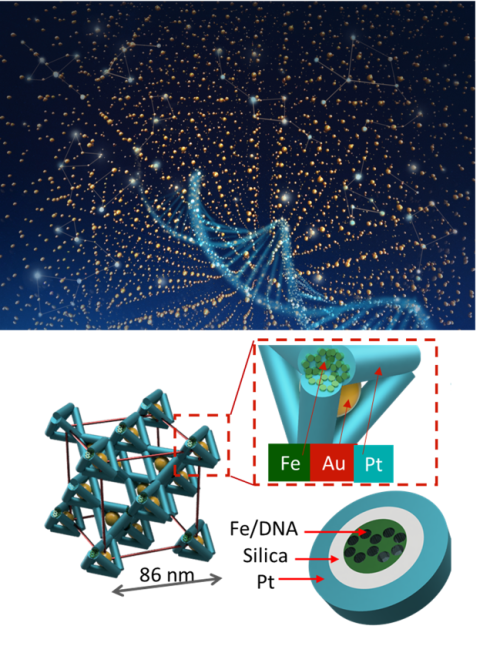
Researchers leveraged advanced X-ray imaging for a nondestructive way to peer inside complex 3D nanomaterials with record resolution.
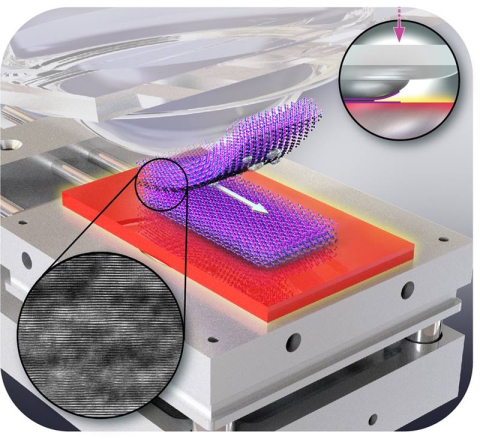
Robotic stacking of 2D layers provides the atomically clean interfaces critical for high performance assembled materials.
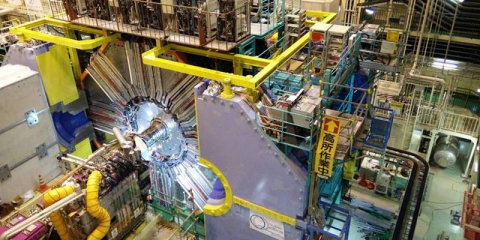
Particle lifetime measurements with early data from the Belle II experiment at the SuperKEKB accelerator demonstrate the experiment’s high precision.
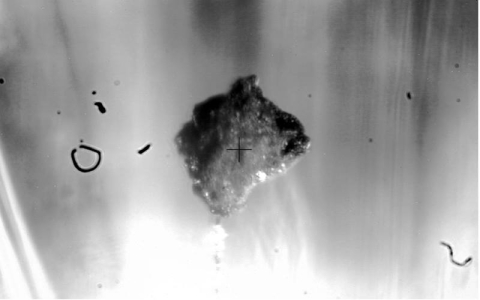
By examining tiny fragments from one of our nearest cosmic neighbors, scientists uncovered more about the history of our solar system.
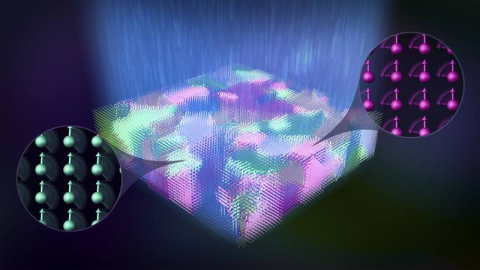
Ultrafast electron scattering measurements reveal dynamic reconfiguration of polarization in relaxor ferroelectrics by light.

Researchers open a new avenue for future brain-inspired computer hardware.
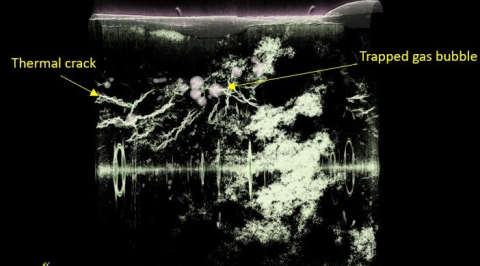
In a breakthrough for industrial manufacturing, scientists reproduced one of the world’s toughest materials using 3D printing.
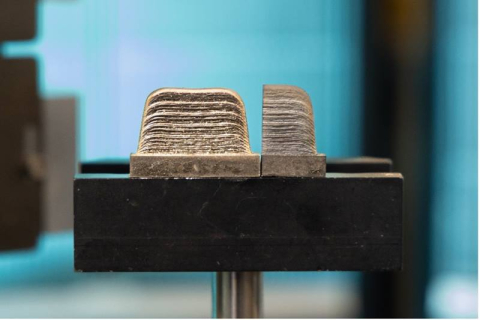
Neutron experiments revealed microscopic details about a special 3D-printed superalloy that could potentially reduce component costs.
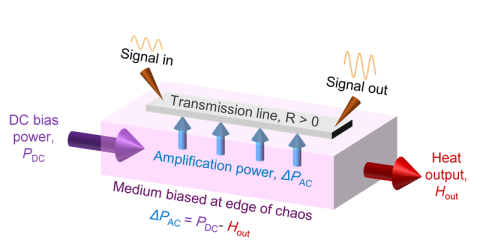
Emulating the edge of chaos of axons enables a metal wire to overcome its resistance without cooling, thereby amplifying signals flowing inside of it.

